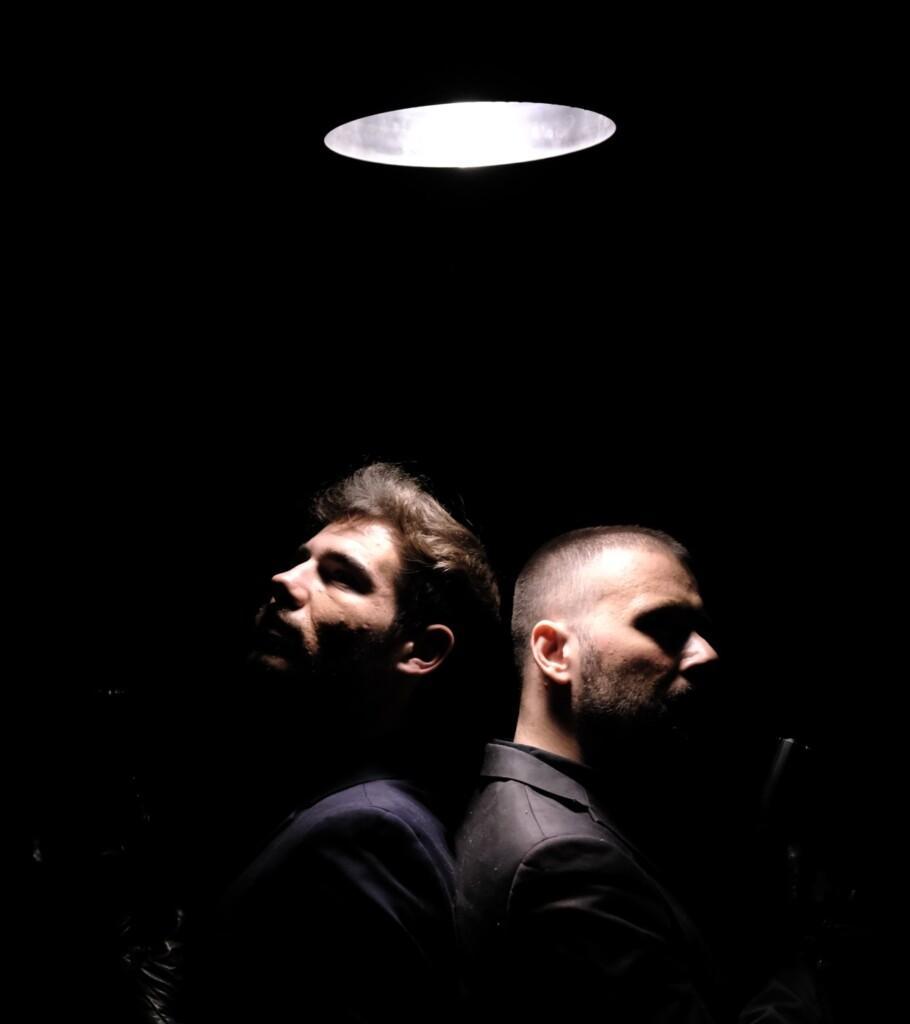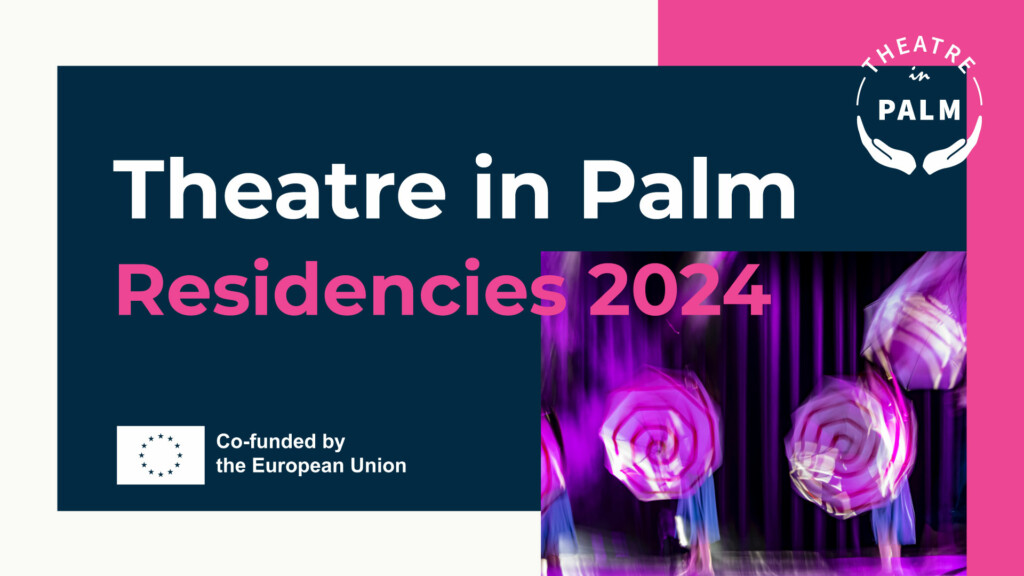From Reggio Emilia to Stockholm: A journey into “Commedia dell’Arte”, theatre and diversity
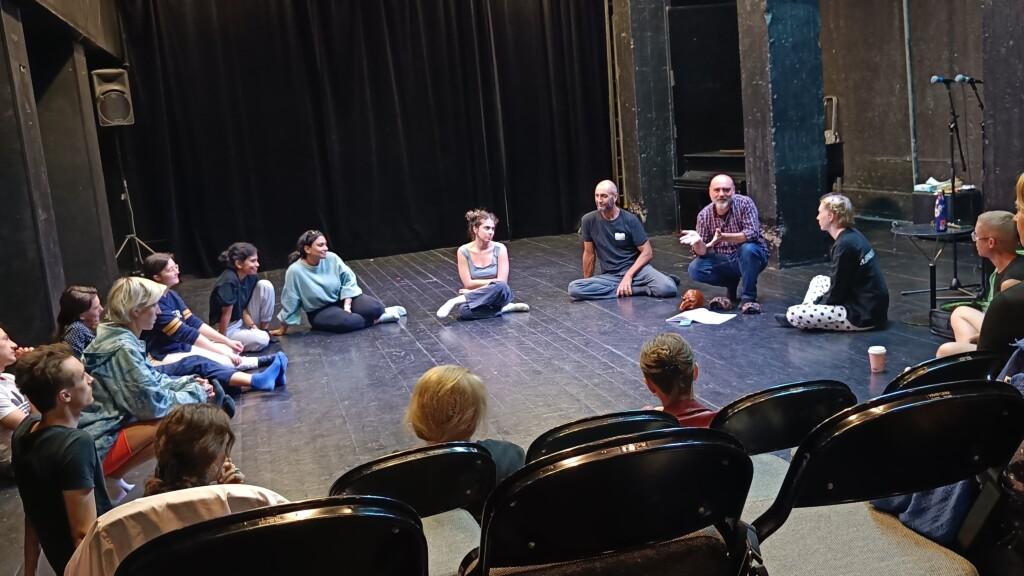
Fabio Banfo—actor, playwright, and teacher at the MaMiMò Theatre Centre in Reggio Emilia—recounts the experience of exploring Commedia dell’Arte at the Stockholm Fringe Festival. In just four hours, participants from diverse European backgrounds delved into its history, characters, and mask work, enriching the experience with their shared theatrical expertise. The workshop highlighted the universal appeal of Commedia dell’Arte, demonstrating the power of theatre to connect cultures.
The experience of the Commedia dell’Arte introductory workshop at the Stockholm Fringe Festival was both fascinating and rewarding, thanks to the enthusiastic response from the participants and from us as teachers. The challenge was to manage to provide, in just 4 hours, an introduction to the topic; one that needed to be engaging and thorough—at least regarding the main aspects—and with a minimum of practical experimentation in the use of masks.
An initial advantage was certainly the participants’ genuine curiosity and eagerness to learn about Commedia dell’Arte—while many only had vague theoretical knowledge, they were deeply intrigued. After all, Commedia dell’Arte is a convergence point for several historical developments in theatre. With ancient origins, it is rightly considered the starting point and connection of modern dramaturgy, having influenced all of Europe and blending diverse theatrical traditions with different yet remarkable outcomes, as seen in Molière and also in Shakespeare. The universality of Commedia dell’Arte and its ancient roots, tied to primal rituals, became one of the core topics in the theoretical part of the workshop.
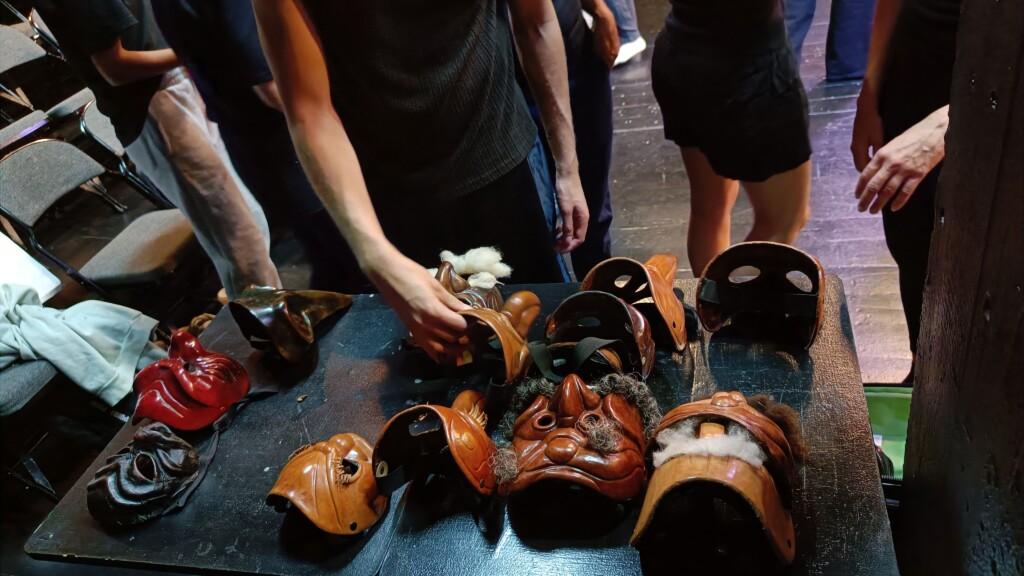
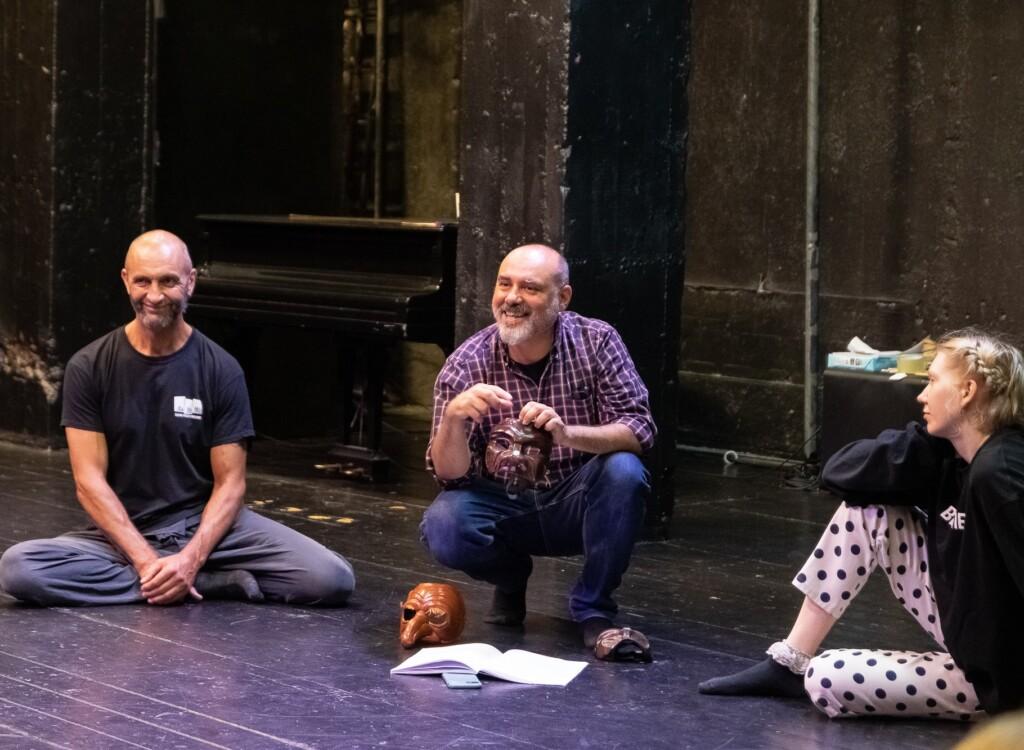
The 20 leather masks created by master Antonio Fava sparked great interest. These masks played a key role in the practical part of the workshop, offering participants the opportunity to engage in scenographic play and to better understand the main characters of Commedia dell’Arte, as well as the psycho-physical techniques needed to portray them.
The fact that all workshop participants had prior theatre experience significantly enriched the session, allowing them to dive into theatrical improvisations effectively during the workshop’s final phase. An especially enriching aspect for both the group and the teachers was the international mix of participants from Belgium, Bulgaria, Greece, Poland, Cyprus, Sweden, Norway, Ireland, and Portugal. It was inspiring to witness individuals from such diverse theatrical cultures coming together to share a common language and collaborate. This was yet further proof of the universal nature of theatre, and Commedia dell’Arte in particular—an itinerant form of theatre created to make performances travel and bring people together.
The support provided by the Intercult organization was flawless, and the hospitality was truly welcoming, always ready to resolve any issues. It was also fascinating to take part in workshops led by other teachers on topics like Contemporary Criticism and the use of Artificial Intelligence in creative writing.
In general, as a theatre professional, educator, and cultural operator, I can say that all the activities within the Theatre in Palm context were deeply enriching and stimulating. They were designed to encourage and foster cooperation and exchange between different theatrical cultures and experiences, often achieving truly surprising moments of learning and creation in relatively short periods of time.
